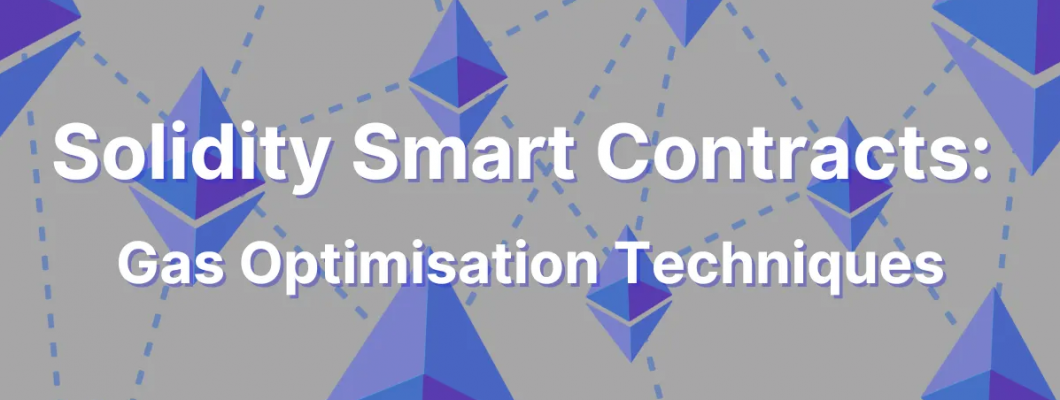
In blockchain development, especially on Ethereum, gas fees are a major factor impacting the cost and efficiency of smart contracts. As decentralized applications (dApps) continue to grow, optimizing gas usage has become crucial for developers and users alike. Efficient smart contracts not only reduce transaction costs but also enhance scalability and performance. By implementing smart gas-saving techniques—like using efficient data types, minimizing storage operations, and optimizing code logic—you can create lean, cost-effective contracts that improve the overall user experience. This guide covers key strategies to help you build optimized smart contracts that are both affordable and scalable in the Web3 ecosystem.
What Is Gas in Smart Contracts?
Gas is the unit of measurement for computational effort on the Ethereum network. Every operation—whether it's executing a smart contract, storing data, or transferring tokens—requires gas. The more complex the operation, the more gas it consumes, resulting in higher fees. Gas ensures that resources are fairly allocated and prevents abuse of the network. Developers must carefully consider gas usage when writing smart contracts, as inefficient code can lead to significantly higher costs for users. Understanding how gas works is essential for creating optimized, cost-effective decentralized applications (dApps) that are scalable and user-friendly on Ethereum and other EVM-compatible blockchains.
Why Gas Optimization Matters
Lower Transaction Costs: Reduces end-user costs
Improved Scalability: Enables contracts to handle more transactions
Enhanced Performance: More efficient logic and storage usage
Best Practices for Gas Optimization
1. Use Efficient Data Types
Choose smaller data types (e.g., uint8, uint16) over default uint256 when possible. This minimizes storage and computation overhead.
2. Pack Structs Properly
Solidity stores data in 32-byte slots. Packing smaller variables together into a single slot can significantly reduce gas costs.
3. Minimize Storage Writes
Writing to blockchain storage is expensive. Cache variables in memory when possible, and only write when needed.
4. Avoid Loops with Dynamic Storage Access
Unbounded loops can lead to high gas usage. Instead, batch process or limit iterations with sanity checks.
5. Leverage view and pure Functions
Functions that don’t modify the state (or don’t access it) use no gas when called externally, so separate logic accordingly.
6. Use calldata Instead of memory
For function parameters in external functions, prefer calldata over memory to reduce copying costs.
7. Use Libraries for Reusable Code
Libraries allow efficient and modular code that reduces duplication and potential gas bloat in smart contracts.
8. Batch Operations
Batch transactions or data updates where possible to reduce multiple calls into a single efficient action.
9. Avoid Redundant Computations
Pre-calculate values where possible or use constants to save gas on repeated logic.
Tools for Analyzing Gas Usage
Remix IDE (Gas profiler plugin)
Hardhat + Gas Reporter
Tenderly
Slither (static analysis tool for vulnerabilities and inefficiencies)
Real-World Use Case: Uniswap
Projects like Uniswap employ gas optimization techniques extensively—using tight struct packing, minimal storage writes, and efficient event logging—to process millions of transactions without high user costs.
Conclusion
Smart contract gas optimization isn’t just about saving money—it's about building faster, leaner, and more scalable decentralized applications. By following best practices, you enhance the user experience, reduce friction, and future-proof your Web3 projects.

Leave a Comment